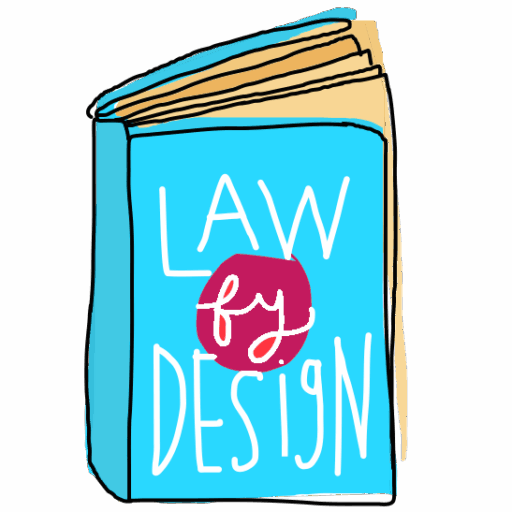Welcome to the book Law By Design by Margaret Hagan.
This is an open-access book for lawyers, justice professionals, government workers, and others working to make complex systems work better for all kinds of people.
5. A New Culture for Legal Orgs (coming soon)
Please explore the book chapters and let me know your feedback. Good luck with your design efforts!
